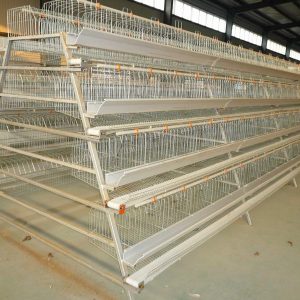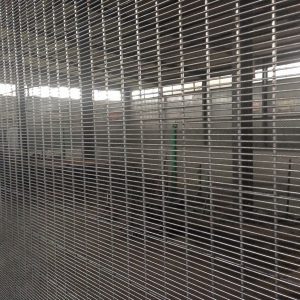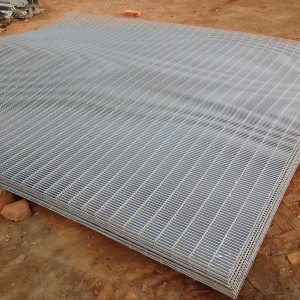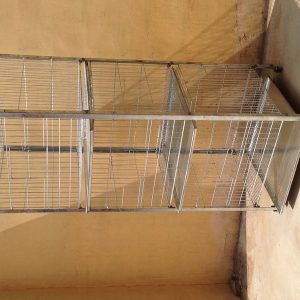
Breeding and management techniques of broilers in summer
In summer, chickens are prone to heat stress and enteritis, which causes broiler chickens to experience food and material pulling phenomenon. The weight is small, the growth is slow, and the feed-to-feed ratio is high. When the house temperature reaches 32℃, it can cause the broiler to die from heatstroke. Take proper feeding and management measures.
1. Improve the chicken house environment
Chickens are thermostatic animals with a body temperature of about 41-42℃. The most suitable growth temperature for 28-day-old broilers is 18-21℃. If the temperature exceeds 30℃, they will feel uncomfortable. Raiders must first take cooling measures to control the temperature of the chicken house and create a suitable living environment for the chickens.
The main methods are to strengthen ventilation and heat dissipation, reduce the temperature in the house; reduce the breeding density; greening and shading; roof sprinkling or wall coating
2. Strengthen feeding management
Good feeding and management can enhance the physique of the chicken, improve the temperature regulation ability of the chicken, and effectively prevent or reduce the occurrence of heat stroke.
3. Control the nutritional balance of the diet
When heat stress greatly affects the feed intake of broilers, high-energy, high-protein diets should be used. For example, adding fat to the diet to increase energy concentration can increase the resistance of broilers to heat stress. Vitamin C is added to the diet to meet the consumption when the body emits body heat. Adding electrolytes to drinking water or feed can alleviate the harm caused by heat stress. Adding sodium bicarbonate to the diet can increase the weight of chickens, increase feed intake and feed utilization.
4. Provide enough fresh drinking water
Conditional farms can use self-flowing drinkers, water pipes to take sun protection measures, small water pumps continue to supply water to keep drinking water low temperature. If you use a traditional vacuum drinker, increase the number of water changes and keep the water added to the drinker as the deep well water just drawn. When the temperature exceeds 30°C, vitamin C (200 mg/kg) or 0.1% baking soda can be added to the drinking water to improve the cardiovascular metabolism of chickens and enhance the body’s ability to adapt to high temperatures.
5. Prevent stress
Raiders should act lightly during inspections, feeding, water supply, and cleaning, and keep the chicken house quiet to prevent rough noises from frightening the chickens and causing stress. When chickens are panting due to high fever, emergency measures should be taken to spray chicken heads with water to help the chickens dissipate heat, so that the chickens will stop panting quickly and reduce the occurrence of heat fainting.
6. Strengthen disease prevention and control
According to the immunization procedures, timely vaccinate the breeding chickens, pay attention to the storage of feed, and do a good job in coccidiosis prevention and health care.
For more chicken breeding technologies, please pay more attention to the breeding technology column of the global brand livestock network.



